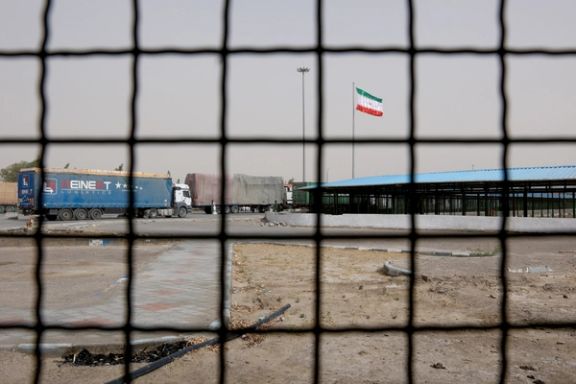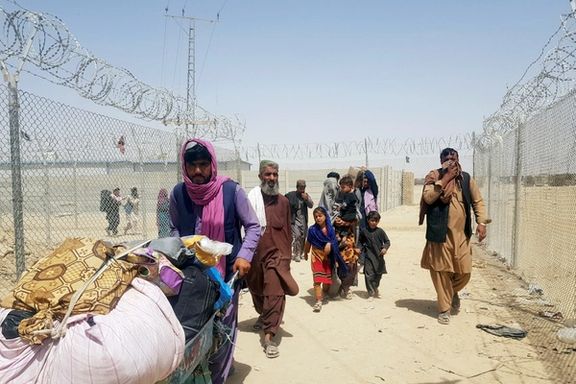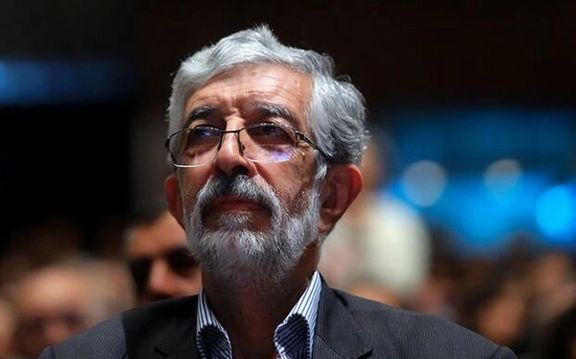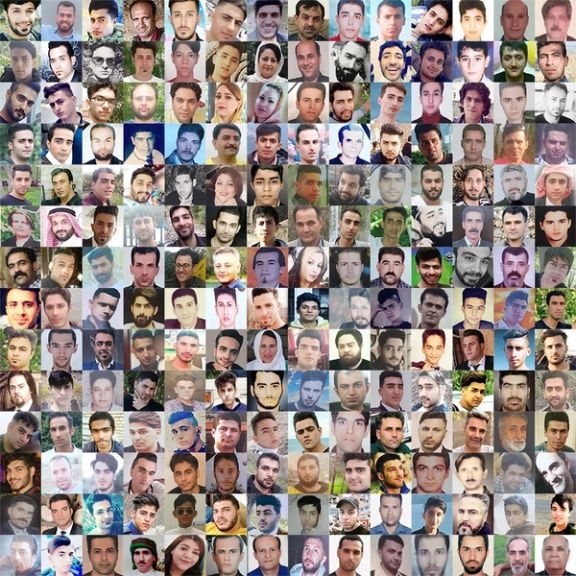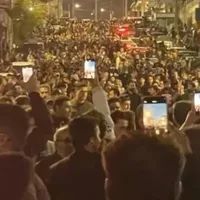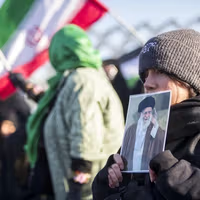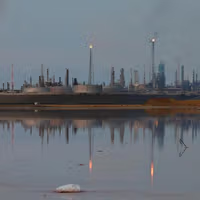The US Treasury on Friday named six people that have been sanctioned because of their affiliation with Kata’ib Hezbollah., which itself has been added to the US terror list. Among those targeted is a member of the IRGC Quds Force, who the administration says facilitates travel and training of Kata’ib Hezbollah fighters in Iran.
"Today’s action sends a message to Kata’ib Hizballah and all other Iran-backed groups that the United States will use all available measures to hold to account any opportunistic actors who seek to exploit the situation in Gaza for their own ends," a Treasury official said.
Iran proxies have been attacking US forces ever since Israel invaded Gaza in retaliation for the October 7 Hamas terror attack.
On Friday, a Pentagon official told Iran International that multiple one-way drones had been launched against US positions in Syria and Iraq, bringing the number of such attacks to 62 in 31 days.
It’s not clear if the newly introduced sanctions can have a meaningful impact on the dynamics on the ground. The regime in Iran and its proxies have been dealing with various forms of sanctions for a long time.
The sanctions will freeze assets of the sanctioned individuals and entities in the US and generally bar Americans from dealing with them. But this will hardly deter the militia if they have little or no material relation or connection with the US.
The Biden administration seems to be reluctant to widen or deepen the conflict. Despite all the tough talk from Biden and his team, the American military has only launched a few airstrikes on IRGC-affiliated positions in Syria and Iraq to deter their daily attacks.
Biden critics say his leniency in dealing with Iran is at least partly to blame for the current situation by emboldening Tehran to advance its regional agenda with relative impunity.
"President Biden’s failure to respond to attacks by Iran and its proxies has put American troops in danger, said Senator Tom Cotton Tuesday. “We have to make Iran once again fear us before more Americans die.”
In the past few weeks, the US has deployed warships and air defense systems to the region, amid concerns that Israel’s onslaught of Gaza could trigger other groups such as Hezbollah in Lebanon to officially enter the scene, putting the whole region ablaze and endangering American troops stationed across the Middle East.
According to Reuters, the US military is taking new measures “to protect its Middle East forces during the ramp-up in attacks by suspected Iran-backed groups” and is leaving open “the possibility of evacuating military families if needed.”
The United States has 900 troops in Syria, and 2,500 more in neighboring Iraq.
On Thursday, Senators Lindsey Graham and Richard Blumenthal introduced legislation that urges Biden to attack Iran in case an American soldier was killed in Syria or Iraq.
“If an American is killed… then the target should be in Iran,” said Senator Graham in the press briefing for the initiative. “They need to pay a price they haven’t paid yet. That price should be the IRGC infrastructure… and the oil refineries.”
Many US lawmakers, including some within Biden’s Democratic Party, have become more critical of the administration due to what they see as letting the Iranian regime off the hook and refilling its coffers.
“Pres. Biden and his team decided early on that, if they were just nice to Iran, Iran would be nicer to us. As a result of that, Iran has been able to earn billions more from oil and got $4.5B in money via the IMF,” said Senator John Kennedy in an interview Friday.
The administration’s decision earlier this week to grant another sanction waiver to enable Iraq to pay Iran for electricity has enraged many lawmakers.
“Make no mistake,” Rep. John James wrote in a post on X, “the money we're allowing Iran to have will go toward killing Americans and Jews, and Biden is allowing it to happen with his ignorance, naivety, and complete lack of understanding of how global politics works. We must hold them accountable.”
The administration says that the Iranian government will not receive in hard currency in cash and can only purchase non-sanctionable goods with the funds that will be kept in Oman. However, critics say that if Tehran can import food and medicine with the funds, it can allocate it own dollars and euros from oil exports to destructive activities.
